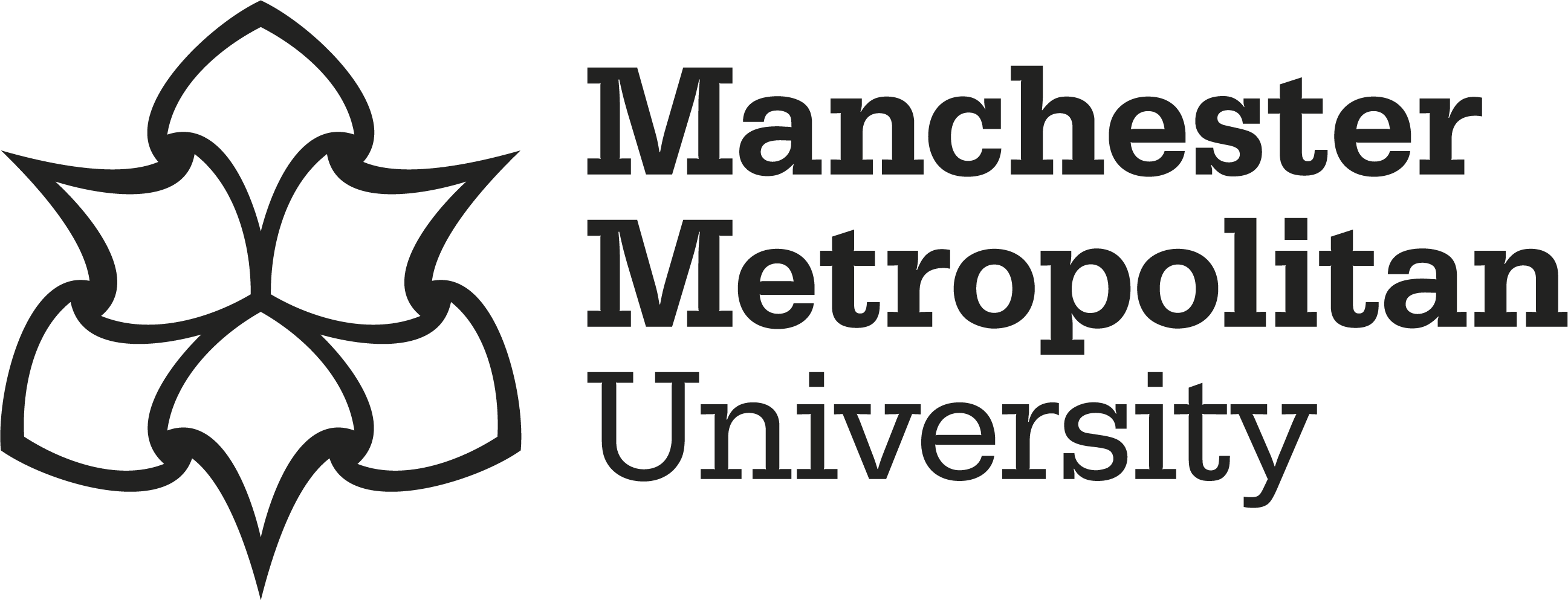Cloves, Suzie 
|
Published Version
Available under License Creative Commons Attribution. Download (1MB) | Preview |
Abstract
This article describes workflows established through the creation of a sonic extended reality (XR) which was designed to evaluate the efficacy of geolocated sound as a method for interpreting or researching historic environments. Digital sound layers geolocated upon physical landscapes offered a potent alternative to visual methods for creating XR in outdoor settings. Visual XR, albeit more thoroughly studied, had presented obstacles to deployment in outdoor historic landscapes. GPS-triggered sound could potentially bypass these obstacles as well as facilitating curatorial best practices such as multisensory interpretation and polyphonic storytelling. A heritage-themed sonic XR was created within a historic park to test the suitability of geolocated sound against a range of interpretative requirements and technical challenges. It told the park’s origin story through a nonlinear narrative trailscape which comprised audio interviews with communities connected to the park at the time of research, digitized archival oral history recordings of past communities, local music, and historical sound textures. These were deployed as intersecting narrative pathways in order to encourage playful explorative learning by offering multiple potential routes through the history. This design was more or less successful depending on GPS sensitivity versus listener’s trajectory versus size of sound area being activated. Using exclusively sonic XR was found to be limiting from an accessibility standpoint. However, geolocated sound as part of a multisensory framework offered significant potential for augmenting historic environments. The project emerged as a useful pilot for a further study using geolocated sound as a research methodology to analyze relationships between place historicity and place attachment.
Impact and Reach
Statistics
Additional statistics for this dataset are available via IRStats2.


